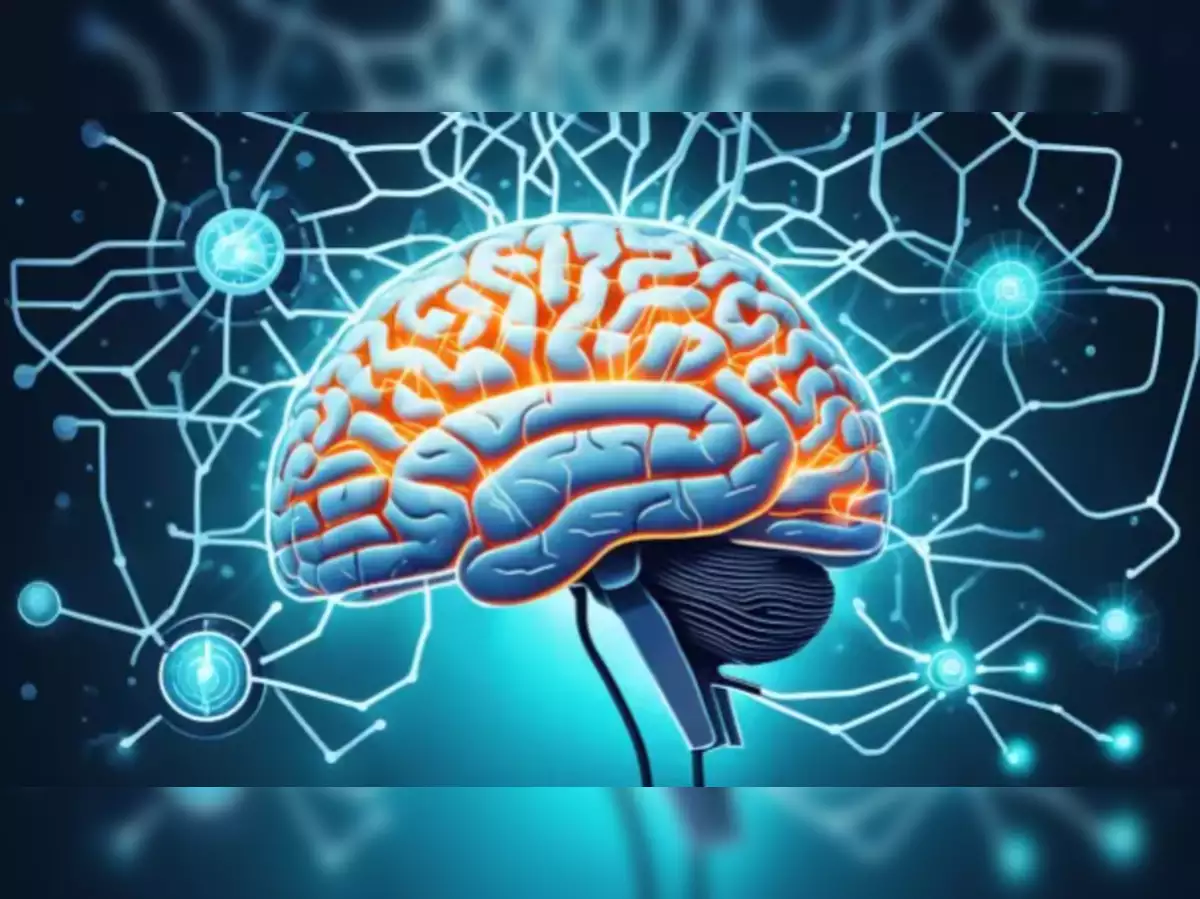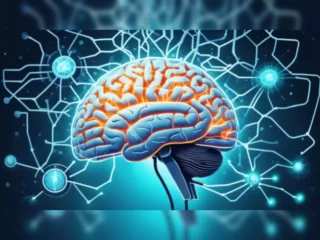New Delhi, 15 October, 2025: In today’s hyperconnected world, screens dominate nearly every aspect of our lives. From work meetings and school classes to social media scrolling, streaming, and gaming, digital devices have become an inseparable part of daily routines. While technology offers undeniable convenience and connection, it also carries a hidden cost — digital burnout.
Excessive screen time is quietly but significantly impacting our brains, sleep, focus, mental health, and overall well-being. What was once a productivity tool has, for many, become a source of fatigue, distraction, and stress.
This article explores how too much screen time affects the brain, the warning signs of digital burnout, and practical ways to regain balance in a digital-first world.
Understanding Digital Burnout
Digital burnout refers to mental and physical exhaustion caused by prolonged screen exposure. Unlike traditional fatigue, digital burnout is triggered not just by overwork but by constant digital stimulation—emails, notifications, scrolling feeds, and endless information.
Over time, this overstimulation overwhelms the brain’s capacity to process and recover, leading to cognitive fatigue, irritability, anxiety, and difficulty focusing. While anyone can experience it, students, remote workers, and professionals spending long hours on screens are especially vulnerable.
How Excessive Screen Time Affects the Brain
1. Disrupted Sleep Patterns
One of the earliest signs of digital burnout is poor sleep. Exposure to blue light from screens, especially at night, suppresses the production of melatonin — the hormone that regulates sleep.
Consequences:
- Difficulty falling asleep or staying asleep
- Restless nights and daytime fatigue
- Disrupted circadian rhythm, affecting mood and focus
Poor sleep doesn’t just make you tired — it impairs cognitive function, memory consolidation, and emotional regulation, creating a vicious cycle of fatigue and burnout.
2. Overloaded Attention System
Our brains are not wired to process constant streams of information. Every ping, alert, or scroll demands attention, fragmenting focus and reducing deep concentration time.
Consequences:
- Difficulty concentrating on tasks for extended periods
- Increased mental fatigue and irritability
- Reduced productivity and creativity
This continuous stimulation keeps the brain in a state of alert, activating stress responses even when no real danger exists.
3. Dopamine Overload and Addiction
Social media platforms, games, and apps are designed to trigger dopamine spikes — the brain’s reward chemical. This creates habit-forming loops that keep people glued to their screens.
Consequences:
- Compulsive checking of notifications
- Reduced attention span
- Decreased sensitivity to real-world rewards
Over time, the brain begins to crave stimulation, making it harder to focus on non-digital tasks like reading, studying, or face-to-face conversations.
4. Stress and Anxiety Amplification
Constant connectivity often leads to information overload and a sense of being “always on.” This can elevate cortisol, the body’s stress hormone.
Consequences:
- Heightened anxiety, restlessness, or mood swings
- Difficulty unplugging and relaxing
- Increased risk of mental health issues like depression and burnout
The pressure to respond instantly to messages and emails can also lead to emotional exhaustion and feelings of being trapped in a digital cycle.
5. Impact on Memory and Cognitive Flexibility
Long hours of passive scrolling and multitasking weaken working memory and reduce cognitive flexibility — the ability to switch between tasks efficiently.
Consequences:
- Forgetfulness and short-term memory lapses
- Difficulty learning or retaining information
- Reduced problem-solving and decision-making ability
Our brains thrive on focused, meaningful activity. Constant distractions erode deep thinking, making tasks feel harder and more draining.
Warning Signs of Digital Burnout
Many people don’t realize they’re experiencing digital burnout until it significantly affects their lives. Watch for:
- Persistent tiredness even after sleeping
- Headaches, eye strain, or blurred vision
- Irritability, anxiety, or low mood
- Difficulty focusing or feeling mentally “foggy”
- Lack of motivation to engage in offline activities
- Dependence on devices for stimulation or comfort
If these symptoms persist, it’s a sign that your brain and body are overwhelmed by digital input and need a reset.
Who’s Most at Risk?
While anyone can experience digital burnout, certain groups are more vulnerable:
- Remote workers spending 8+ hours in virtual meetings
- Students relying on online classes and study tools
- Content creators and gamers exposed to extended screen sessions
- Healthcare and IT professionals tied to devices for work
- Social media users who spend several hours daily online
Younger adults and teenagers are particularly at risk, as they are often more immersed in digital ecosystems.
Long-Term Consequences of Digital Burnout
Ignoring digital burnout can lead to chronic health issues:
- Mental health problems like anxiety, depression, and burnout syndrome
- Chronic fatigue and sleep disorders
- Impaired cognitive performance and memory issues
- Eye problems like digital eye strain and headaches
- Reduced quality of personal relationships due to lack of offline interaction
Unchecked, these effects can erode productivity, mental clarity, and emotional well-being over time.
Practical Strategies to Prevent and Manage Digital Burnout
1. Set Digital Boundaries
- Establish tech-free times, especially in the morning and before bed.
- Turn off non-essential notifications.
- Set time limits on apps and work sessions.
This allows your brain to reset and reduces constant stimulation.
2. Follow the 20-20-20 Rule
Every 20 minutes of screen time, look away for 20 seconds at something 20 feet away.
This simple practice:
- Reduces eye strain
- Improves focus
- Encourages mini mental breaks throughout the day
3. Prioritize Sleep Hygiene
- Avoid screens at least 1 hour before bedtime.
- Dim blue light in the evening or use night mode.
- Maintain a regular sleep schedule.
Quality sleep allows the brain to recharge and regulate stress hormones.
4. Practice Digital Detoxes
- Schedule device-free blocks during the week.
- Spend time outdoors, read a book, or engage in creative hobbies.
- Use “do not disturb” modes during personal time.
Even short detox periods can significantly reduce anxiety and improve mental clarity.
5. Mindful Technology Use
- Use technology with intention rather than habit.
- Ask yourself: “Why am I opening this app?”
- Avoid multitasking across multiple screens.
Mindful use helps regain control and rebuild healthy digital habits.
6. Protect Your Eyes and Posture
- Keep screens at eye level and maintain good posture.
- Use blue light filters to minimize strain.
- Take regular breaks from sitting.
Physical discomfort can compound mental fatigue, so addressing ergonomics matters.
7. Reconnect Offline
- Prioritize face-to-face conversations and outdoor activities.
- Engage in physical exercise, which boosts dopamine naturally.
- Rebuild real-world connections to counterbalance digital immersion.
Supporting Mental Health Alongside Digital Wellness
Preventing digital burnout isn’t just about screen reduction; it’s also about supporting mental health. Consider:
- Practicing meditation or breathing exercises daily
- Keeping a digital diary to reflect on how screen time affects your mood
- Seeking professional help if anxiety, sleep issues, or mood changes persist
Addressing the emotional and psychological impact of excessive screen use can prevent long-term harm.
Building a Healthier Relationship with Technology
Technology itself isn’t the enemy. The key is finding a balance between digital and real life. A healthy relationship with technology means:
- Using digital tools for productivity and connection
- Creating intentional breaks and offline time
- Recognizing signs of mental fatigue before burnout sets in
By treating technology as a tool rather than a trap, individuals can harness its benefits without compromising brain health.
Digital burnout is a growing health concern in our hyperconnected society. While screens have transformed communication, learning, and work, overexposure silently affects our brain—disrupting sleep, focus, mood, and cognitive performance.
The good news is that digital burnout is preventable and reversible. Through mindful technology use, sleep hygiene, digital detoxes, and prioritizing mental well-being, anyone can restore clarity, energy, and balance in their daily lives.
Your brain needs rest, silence, and real-world experiences just as much as digital stimulation. By setting boundaries and being intentional with screen time, you can protect your mental health while thriving in a digital world.








